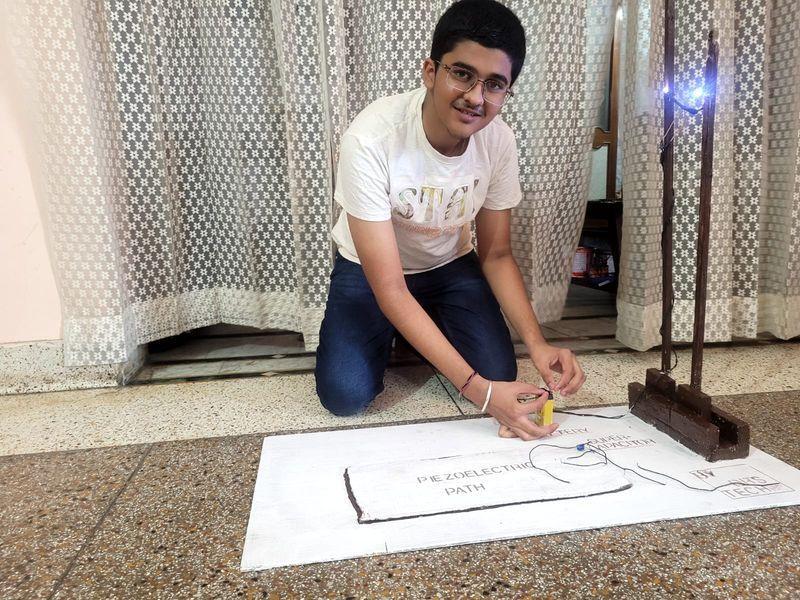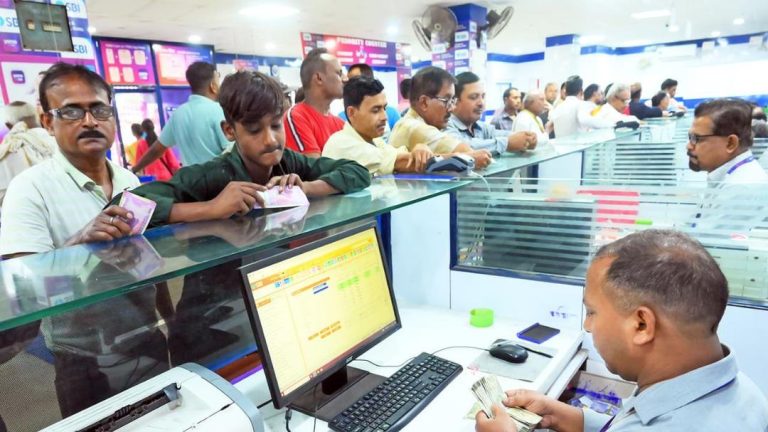
Hoshiarpur Student Builds Device to Generate Power from Footsteps
In a remarkable feat of innovation, a Class 8 student from Hoshiarpur, Punjab, has developed a device that harnesses energy from the simplest of human movements – walking. Sanchit, the young genius, has created a project called “Power beneath our feet” that uses piezoelectric technology to convert footsteps into electricity. This groundbreaking invention has already garnered attention from local officials, scientists, and enthusiasts alike, showcasing the immense potential of this revolutionary technology.
The idea behind Sanchit’s project is to tap into the kinetic energy generated by human footsteps, which can be harnessed and converted into electrical energy. This is achieved through the use of piezoelectric materials, which produce an electric charge when subjected to mechanical stress, such as pressure or movement. By placing these materials underfoot, Sanchit’s device captures the energy released by each step, generating a small but significant amount of electricity.
The implications of this invention are far-reaching and profound. Traditionally, power generation relies on large-scale infrastructure, such as power plants and wind turbines, which can be costly, resource-intensive, and environmentally impactful. In contrast, Sanchit’s device is compact, portable, and sustainable, making it an attractive solution for remote or off-grid areas where access to electricity is limited.
Sanchit’s journey began when he was inspired by a school project on renewable energy. He delved deeper into the concept, researching and experimenting with various materials and technologies until he stumbled upon piezoelectric materials. After months of trial and error, he finally developed a functional prototype that could generate electricity from footsteps.
The device, measuring just 10 cm x 10 cm, consists of a piezoelectric material placed under a thin layer of rubber. When stepped on, the material generates a small electric charge, which is then amplified and stored in a battery. The battery can be used to power small devices, such as smartphones or flashlights, or even be connected to a grid to supply electricity to a small community.
Sanchit’s innovation has not gone unnoticed. Local officials, scientists, and enthusiasts have been impressed by his ingenuity and potential. “This is an incredible achievement for a student of his age,” said Dr. Jagdish Sharma, a local scientist who has been mentoring Sanchit. “His project has the potential to revolutionize the way we think about power generation and could have a significant impact on rural areas where access to electricity is limited.”
The potential applications of Sanchit’s technology are vast and varied. In addition to powering small devices, it could be used to supply electricity to remote communities, hospitals, or disaster relief efforts. It could also be integrated into footwear, clothing, or accessories, allowing individuals to generate their own electricity while on-the-go.
As news of Sanchit’s invention spreads, it is likely to inspire a new generation of young innovators and entrepreneurs. His project serves as a powerful reminder that even the smallest ideas can have a significant impact when fueled by creativity, determination, and a passion for learning.






